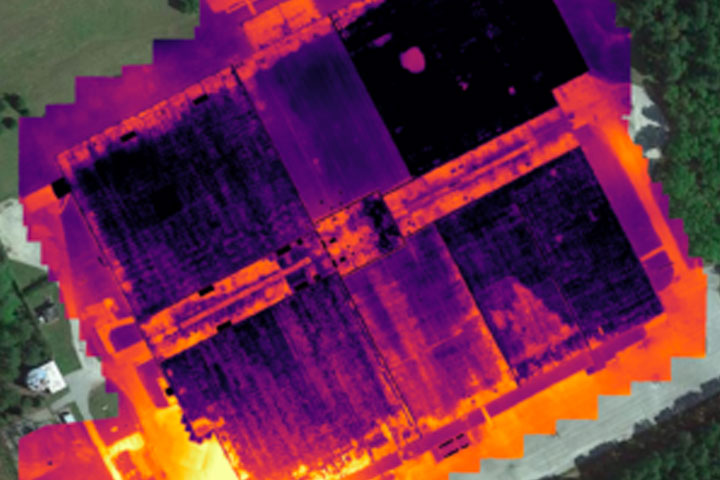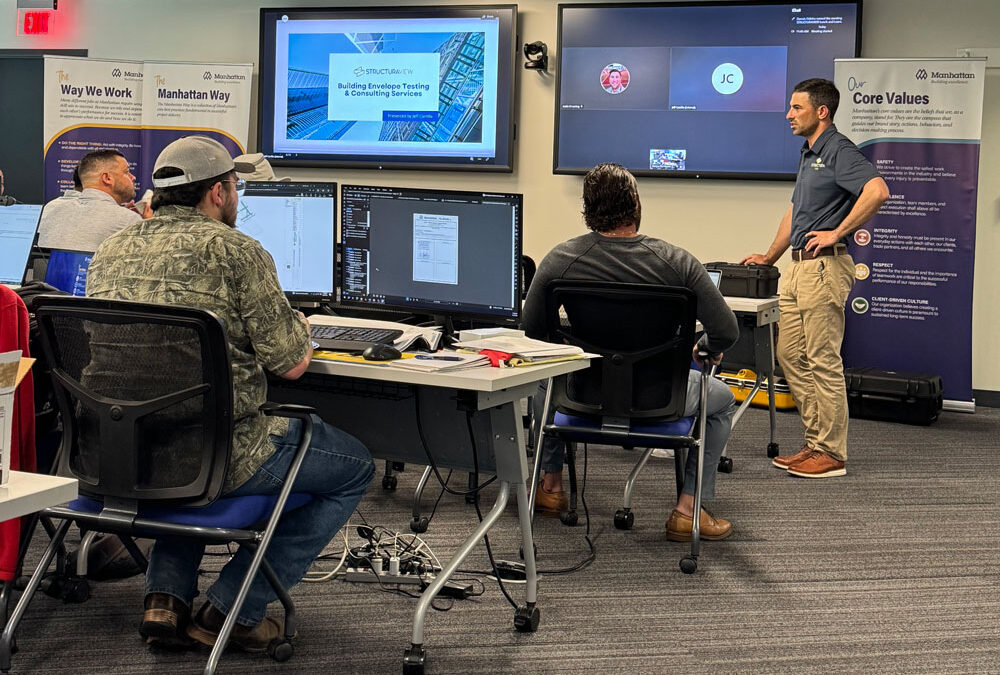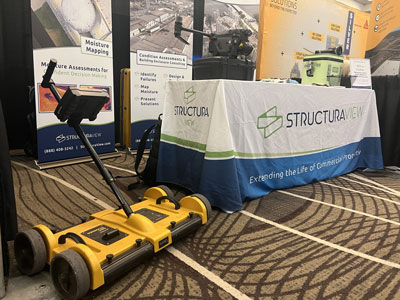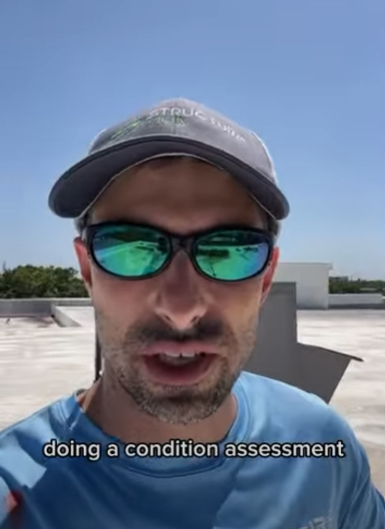For this case study, we worked alongside a Fort Lauderdale-based commercial roofing contractor that specializes in repairing and replaces large commercial roofs. The roof that we inspected was a nearly 6,500 square manufacturing facility in Chester, SC. The known construction of the roof was a typical Modified Bitumen. The first layer of the roof was a metal deck, followed by ISO board insulation and a membrane that was constructed of the usual welded base and cap sheets.
Even though every roof that we assess has different constructions, ages, and damages, we use a similar process of mapping out moisture on each roof. In our experience inspecting roofs, we’ve surveyed two nearly identical roofs that experienced very similar damage caused by the same weather conditions. However, the findings of the moisture inspections we conducted were completely different.
On each roof inspection we conduct, our #1 goal is to provide an unbiased report.
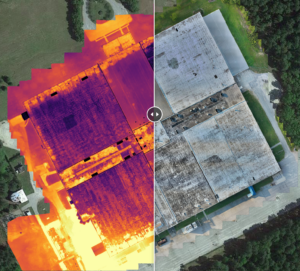
For this job, we were asked to identify the suspected moisture present on the roof. When we capture infrared photos of the roofs we inspect, we can’t simply view the thermal images to identify suspected areas of moisture. We take into consideration the fact that the equipment we use to conduct and complete these roof inspections has limitations. We also consider the weather conditions and the time of day that the inspection was conducted. Finally, we thoroughly examine and compare the exterior conditions present on the roof with the thermal images we collected. We look for things like debris, ponding water, discoloration, and mechanical equipment that could be giving off thermal readings. We do this to ensure that those thermal signatures are not accidentally being interpreted as areas of suspected moisture.
The roofing contractor that we were working with on this project conducted core samples on both wet and dry areas of the roof. When we compared our suspected moisture findings with the core sample results, there was a correlation, which meant that our observations were validated.
Of the 647,302 square foot roof, we observed 235,681 square feet of suspected moisture, which means that about 36.4% of the roof was compromised.
